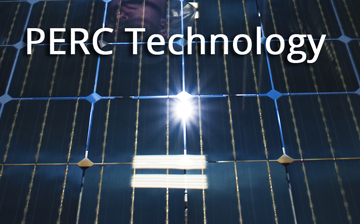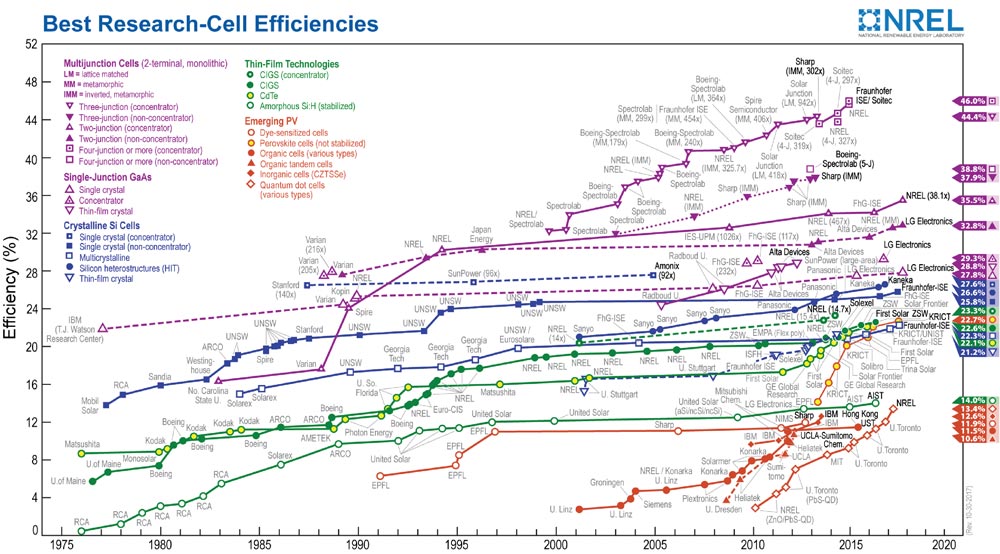Today, the photovoltaic modules are a well-known product. Everybody knows the differences among monocrystalline and polycrystalline modules, but not everyone knows that there are some peculiarities that determine performances, duration and reliability.
The main producers have introduced PERC technology, certain measures to counteract the phenomena of performance degradation over time and some improvements in the modules structure.
Thanks to the constructive technology, some products get fire resistance certifications to fulfil the demanding requirements in particular laying situation.
PERC Technology
Together with other innovations, many players have introduced modules with PERC technology (Passivate Emitter and Real Cell) which are made with monocrystalline silicon cells with the back layer passivation. In this way, it is possible to increase the possibility of the photons recombination and to increase the internal reflection at the junction.
Greater efficiency for the PV modules
Thanks to this innovative technique there is an increase of the solar spectrum absorbed, with about 1% of performance improvement if compared to a standard monocrystalline cell.
The efficiency performance of the PV cells reached in the world laboratories take some time to establish in the market. This happens because the producers have to have an economical return as well as the performance advantage.

Best Research-Cell Efficiencies
» To excel in technology, quality and efficiency, PV modules producers employ a lot of resources. Over the years, the cell efficiency has significantly increased, as you can see from the image taken from the NREL – National Laboratory of the U.S. Department of Energy.






